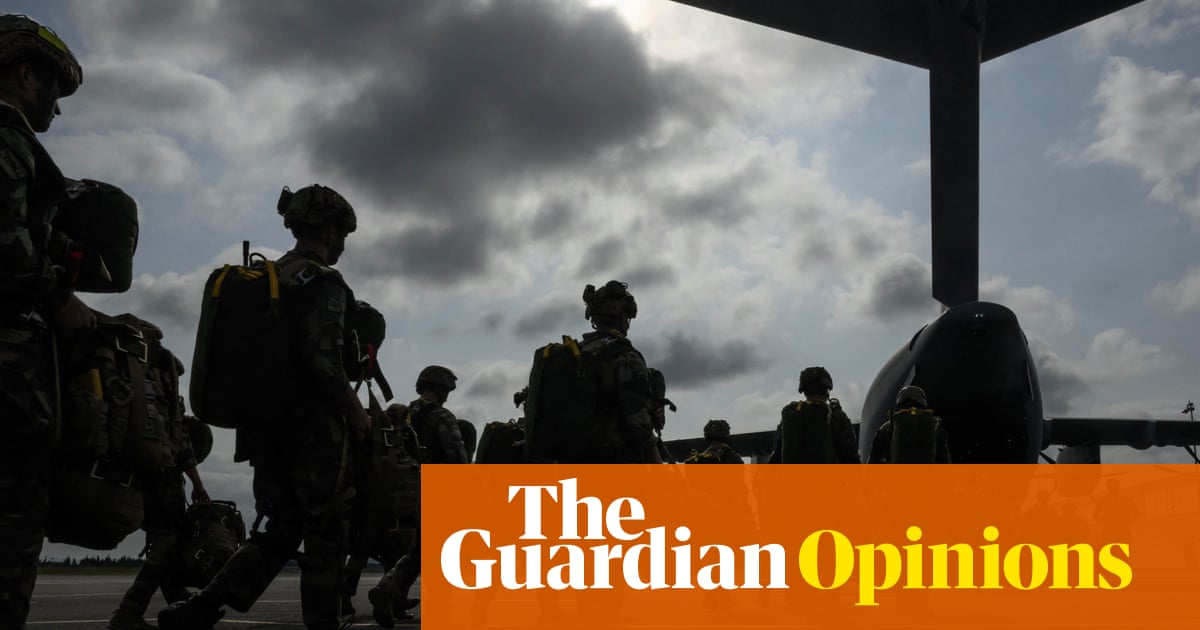
"The military-spending dilemma in Europe is mischaracterized as a choice between military and social investments; historically, it is a choice between military and taxes."
"After the Cold War, European governments reduced military spending, anticipating a 'peace dividend' that allowed shifting focus to social investment and domestic priorities."
"The situation changed dramatically with Russia's invasion of Ukraine, pushing European nations to increase defense spending to secure mutual defense under NATO."
"NATO members agreed to raise defense spending from 2% to 3.5% of GDP by 2035, raising questions about financing this increase without compromising social expenditures."
European governments are faced with the need to increase military spending in response to security threats, particularly after Russia's invasion of Ukraine. Historically, this dilemma is not about military versus social spending but about military spending versus tax burdens. The peace dividend following the Cold War led to reduced defense budgets and increased social spending. However, recent shifts in global security dynamics have compelled NATO countries to commit to raising defense expenditure, bringing up critical financing challenges for their social welfare systems amidst rising military obligations.
Read at www.theguardian.com
Unable to calculate read time
Collection
[
|
...
]